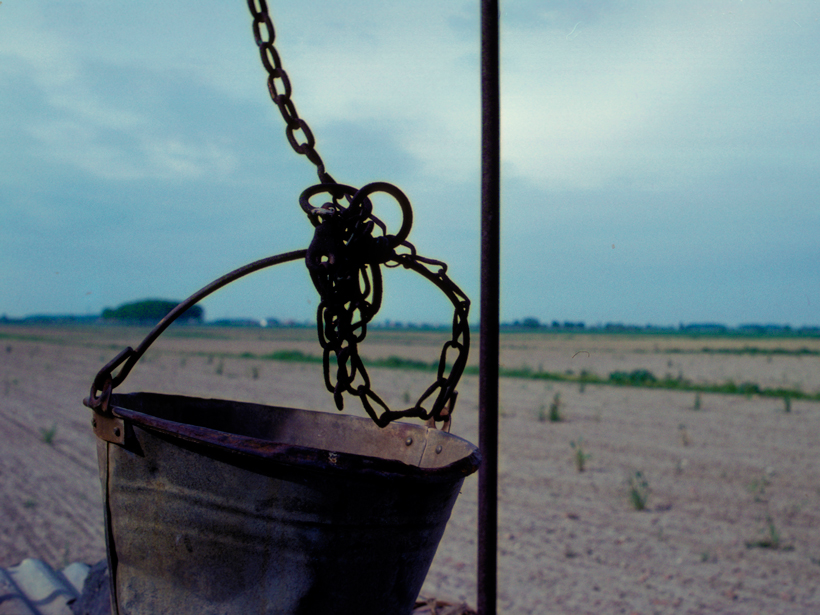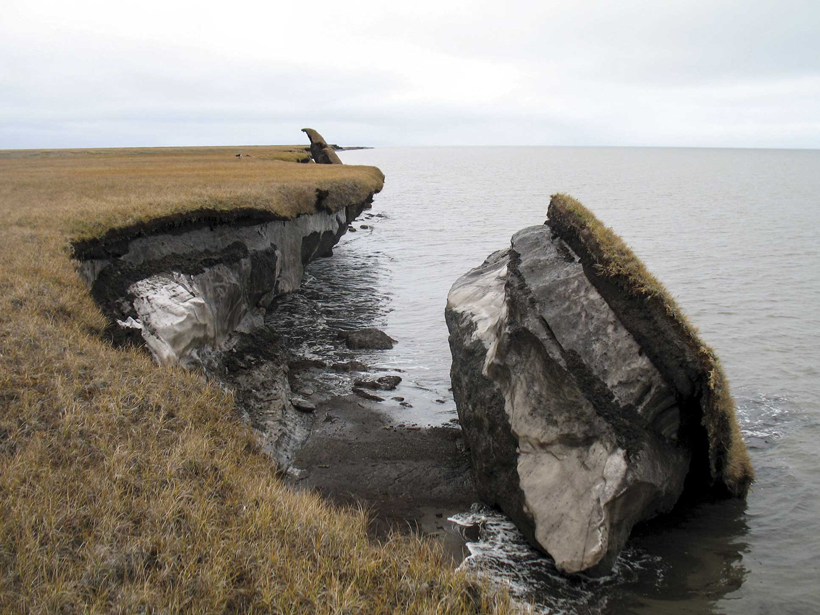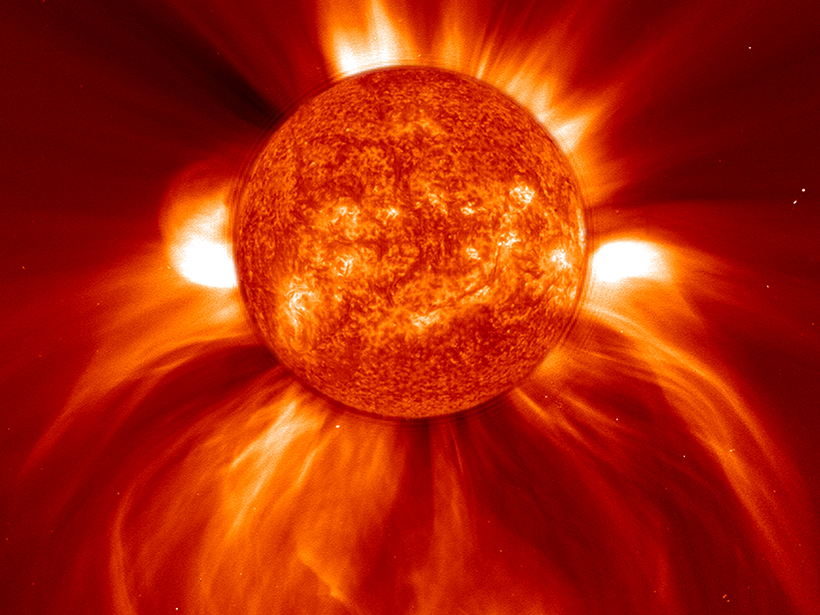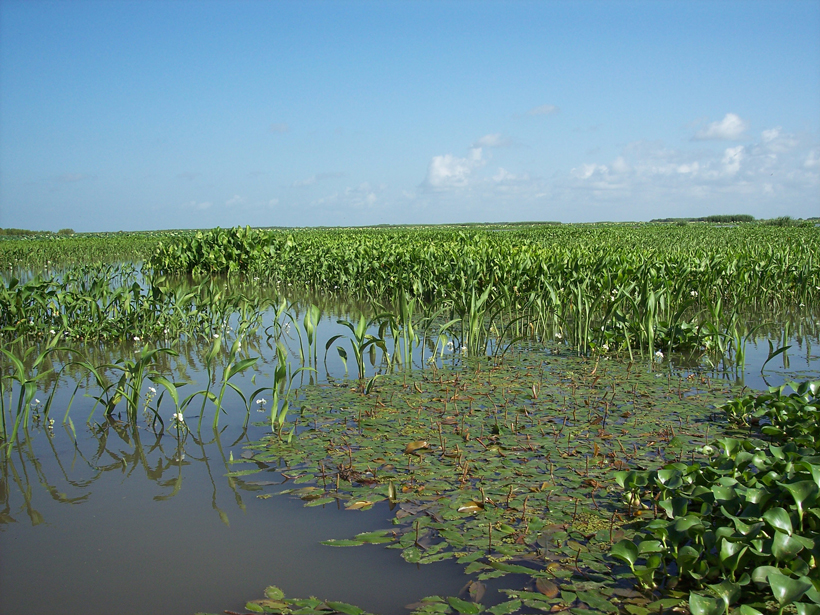Spaceborne images give scientists a detailed picture of the boreal forests’ tree heights, which help scientists estimate their contribution to carbon budgets.
CC BY-NC-ND 2017
Weight of Water Dropped by Hurricane Harvey Flexed Earth’s Crust
The precipitation that fell during the storm depressed the ground in parts of Texas, Louisiana, Arkansas, and Mississippi by as much as 1.8 centimeters in some places.
Southern Europe’s Groundwater Use Will Become Unsustainable
Even places without groundwater problems now will face water shortages by the 2040s if climate change continues on its current trajectory.
Arctic Is Experiencing a Warmer “New Normal,” NOAA Reports
The acting head of the National Oceanic and Atmospheric Administration, Timothy Gallaudet, says the Trump administration is addressing the findings of the agency’s latest annual update on the Arctic.
A Better Way to Predict Space Storms
A new model of solar winds could reduce false alarms.
Sea Level Rise May Swamp Many Coastal U.S. Sewage Plants
Cities typically build wastewater treatment facilities in low-lying areas. A new national study identifies which plants are most vulnerable to coastal flooding.
Hurricanes Expose Vulnerabilities in Puerto Rico Seismic Network
Could overreliance on cell networks to transmit data leave instruments in the dark after the next storm hits?
Fossils Provide New Clues to Tibetan Plateau’s Evolution
The bones of ancient rhinos, elephants, and fish constrain when the Tibetan Plateau rose high enough to prevent migration, a move that forced animals to adapt to high-altitude conditions.
Dan Rather’s Vision for Scientists in an Era of “Fake News”
Scientists must embrace communication, and communicators must work harder to tell more nuanced and compelling science stories, the newsman said to an auditorium full of scientists.
Nonflood Flow May Be Major Driver of Delta Growth
Plants and fluctuating river flow work together to balance vertical sediment buildup with sediment delivery to the delta’s edge.










